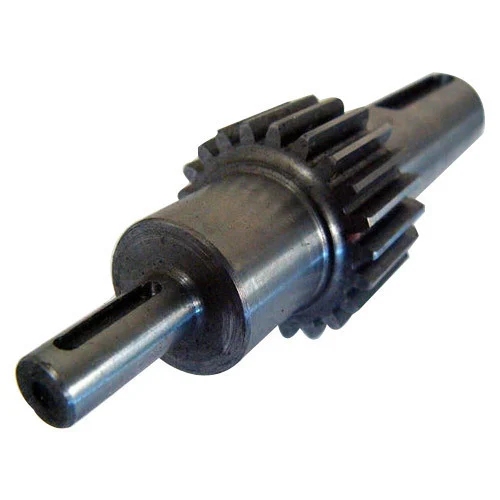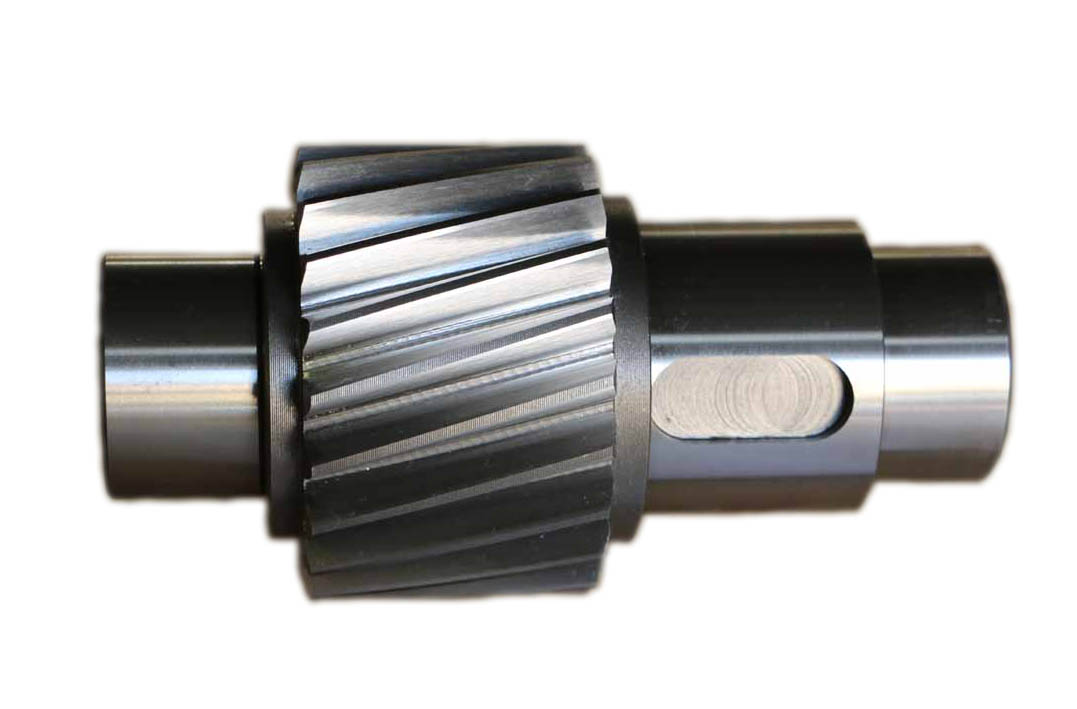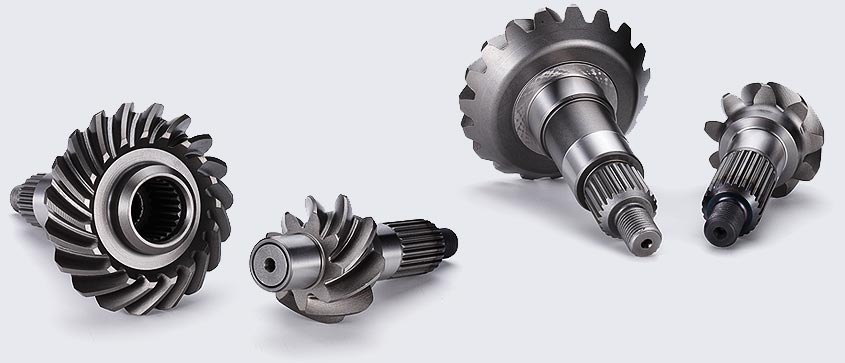Product Description
High Precision Customized Machining Lathe Turning CNC Part
Feature of CNC parts
1. Precision Cnc stainless steel parts strictly according to customer’s drawing,packing and quality request
2. Tolerance: Can be kept in +/-0.005mm
3. The most advanced CMM inspector to ensure the quality
4. Experienced technology engineers and well trained workers
5. Fast and timely delivery. Speedily&professional service
6. Give customer professional suggestion while in the process of customer designing to save costs.Our freight price is often 30-50% lower than customer’s
7. Customers can use PAYPAL and other online payment platform to pay a small amount of sample fee to shorten the sample production time
8. Quality assurance in accordance with ISO9001:2015 and ISO13485:2016
Material Available for CNC Machining
| Material | Stainless steel | SS201 SS303 SS304 SS316 17-4PH SUS440C |
| Steel | Q235 20#-45# etc | |
| Brass | C36000(C26800) C37700(HPb59) C38500(HP6 58) C27200(CuzN37)etc | |
| Iron | 1213 12L14 1215 etc | |
| Bronze | C51000 C52100 C5400etc | |
| Aluminum | Al6061 Al6063 Al7075 AL5052 etc | |
| Alloy | A2 D2 SKD11 DF2 XW/5 ASP-23 |
Terms and Conditons
| Our Processing | CNC machining, CNC milling and turning, drilling, grinding, , stamping, tapping, |
| Surface finish | Hard Coating Black Anodize Clear Anodize Hard Chrome ,Clear Zinc Plasma Niride |
| Tolerance | 0.005 |
| QC System | 100% inspection before shipment |
| Drawing format | CAD / PDF/ DWG/ IGS/ STEP/So |
| Packaging | Standard package / Carton box or Pallet / As per customized specifications |
| Payment Terms | 1) Western Union for samples cost or very small order 2) 100% T/T in advance when amount less than 1000USD 3) 50% deposit, 50% balance by T/T before shipment when order amount from 3000USD to 5000USD. 4) 30% deposit, 70% balance by T/T before shipment when order amount over 5000USD. 5) L/C payment term for big amount order is acceptable. |
| Trade terms | EXW, FOB, CIF, As per customer’s request |
| Shipment Terms | 1) 0-100kg: express & air freight priority 2) >100kg: sea freight priority 3) As per customized specifications |
| Note |
All CNC machining parts are custom made according to customer’s drawings or samples, no stock.If you have any CNC machining parts to be made, please feel free to send your kind drawings/samples to us anytime by email. |
Company Profile:
KGL Machining&Electronics Co.,Ltd.(KGL) was founded in 2013 and is an independent private enterprise that integrated R&D, production,sales and service.KGL is focusing on CNC precision machining parts and mainly apply for the filed of robotics communications,medical,automation,and custom-designed complex parts an custom-desigh equipment.The core competitiveness is rapid response capacity,quality assurance system and cost control ability.We can provide value added sevices with customers through more technical supporting,high quality product and rapid response.So customers will be more focusing on their own businesses and thus enhance customer value.KGL Machinery&Electronics Co.,Ltd.,ltd.has high precision 3 axis CNC vertical machining center,4 axis machining center,5 axis machining center purchased from ZheJiang ,precision grinding machine,precision wire-cut,EDM and CNC lathe about 50 units now.The max machining range is 2100*1600*800mm and the machining accuracy can be achieved to 0.005mm.The inspection instrument has CMM,profile projector,digital micro dial,high gauge,ID&OD micrometer,and so on.Professional and experience management,engineers,inspectors and production staffs are about 80 members.The main processing materials include cast iron,extruded material,steel,aluminum alloy,copper,stainless steel,and various engineering plastics .Our company is aiming at “professional quality and CHINAMFG sevice “.we have established a good trade cooperation relationship with some of clients abroad for a long-term and we sincerely expect to join hands with you to creat the brilliant future.
Company Pictures:
FAQ:
What is your product range?
1.CNC machining parts, precision parts, CNC parts, metal machining parts.
2.CNC turning parts, CNC turned parts,Lathe parts, turned parts.
3.CNC milling parts, CNC milled parts, metal milling parts.
4.CNC machined parts,CNC machine part, CNC machinery parts.
5.Metal parts, Auto parts, mechanical parts.spare parts,accessories,hardware.
6.Die casting parts,aluminum casting parts, Zinc casting parts.
7.Die stamping parts, metal stamping parts, press stamping tooling
8. Sheet metal fabrication, bending parts, laser cutting parts, welding parts.
Are you a manufacturer?
Yes, We are the manufacturer of all kinds of metal parts by CNC machining, turning, milling, stamping,
casting and bending with 6 years’ experience , Warmly welcome to visit our factory at any time.
What benefit we can get from you?
1)Competitive price
2)High quality control : 100% full inspection before shipment
3)High precision, tolerance can be ± 0.005mm
4)Fast lead time (5-7days for samples, 12-15 days for mass production)
5)Non-standard//OEM//customized service provided
6)No MOQ, small QTY is acceptable.
7)ISO 9001:2003 and ISO13485:2008 certificated factory, ROHS material used
9)Professional export packing: separate Blister plastic box or Bubble Wrap/Pearl Wool +Carton+Wooded Case, keep no scratch and damage
Welcome to enquiry to us here and thank you for your attention.
/* March 10, 2571 17:59:20 */!function(){function s(e,r){var a,o={};try{e&&e.split(“,”).forEach(function(e,t){e&&(a=e.match(/(.*?):(.*)$/))&&1
| Condition: | New |
|---|---|
| Certification: | CE, RoHS, GS, ISO9001 |
| Standard: | DIN, ASTM, GOST, GB, JIS, ANSI, BS |
| Customized: | Customized |
| Material: | Alloy |
| Application: | Metal Cutting Machine, Metal Processing Machinery Parts, Metal Engraving Machinery |
| Samples: |
US$ 10/Piece
1 Piece(Min.Order) | |
|---|
| Customization: |
Available
| Customized Request |
|---|

Can you explain the impact of gear shaft misalignment on gear performance?
Gear shaft misalignment can have a significant impact on the performance of gears within a system. When gear shafts are not properly aligned, several issues can arise, affecting the overall functionality and reliability of the gears. Let’s explore the impact of gear shaft misalignment in detail:
- Reduced Efficiency:
Misalignment causes a loss of efficiency in gear systems. When gear shafts are misaligned, the teeth of the gears do not mesh correctly, leading to increased friction and energy losses. This results in reduced power transmission efficiency, as a portion of the input power is dissipated as heat instead of being effectively transferred through the gears.
- Increased Wear and Fatigue:
Misalignment can lead to uneven contact and loading between gear teeth. This uneven distribution of forces causes localized high-stress areas on the gear teeth, leading to accelerated wear and fatigue. The concentrated stress on specific areas of the teeth can result in pitting, wear, and even tooth breakage over time. Increased wear and fatigue significantly reduce the lifespan of gears and can lead to unexpected failures.
- Noise and Vibration:
Gear shaft misalignment often results in increased noise and vibration levels within the gear system. As the misaligned teeth engage, they generate excessive noise due to impact and increased friction. The vibrations caused by the misalignment can propagate through the gear assembly and the surrounding components, causing additional noise and potentially affecting the performance and lifespan of the entire system.
- Loss of Tooth Contact:
Misalignment can cause a loss of proper tooth contact between the gears. Insufficient tooth contact reduces the load-carrying capacity of the gears and compromises the transmission of torque. The reduced contact area also increases the likelihood of localized stress concentrations, leading to premature wear and failure.
- Overloading and Unbalanced Loads:
Gear shaft misalignment can result in overloading and unbalanced loads on the gears. Misalignment can cause uneven distribution of forces, with some teeth bearing a higher load than others. This can lead to excessive stress on specific gear teeth, potentially exceeding their load-carrying capacity. Over time, the overloading of certain teeth can result in accelerated wear, tooth breakage, and even catastrophic gear failure.
- Seal and Bearing Issues:
Misalignment can also affect the performance of seals and bearings within the gear system. Misaligned gear shafts can create additional radial or axial loads on the bearings, reducing their lifespan and causing premature failure. Seal integrity can also be compromised, leading to leaks and contamination of the gear system, further exacerbating the issues associated with misalignment.
In summary, gear shaft misalignment has a detrimental impact on gear performance. It reduces efficiency, increases wear and fatigue, generates noise and vibration, causes loss of tooth contact, leads to overloading and unbalanced loads, and affects the performance of seals and bearings. Proper alignment of gear shafts is crucial to ensure optimal gear performance, longevity, and reliable power transmission within the gear system.

What are the advantages of using a gear shaft in various gear arrangements?
A gear shaft offers several advantages when used in various gear arrangements within mechanical systems. It plays a critical role in transmitting motion and power efficiently. Here are the advantages of using a gear shaft:
- Mechanical Power Transmission:
A gear shaft enables the transmission of mechanical power between gears in a gear arrangement. By connecting and meshing with multiple gears, the gear shaft efficiently transfers rotational motion and torque from the driving gear to the driven gear. This power transmission capability allows for the amplification, reduction, or redirection of power as required by the mechanical system, enabling the efficient operation of machinery and equipment.
- Speed and Torque Conversion:
With the use of different gear arrangements on a gear shaft, it becomes possible to convert speed and torque. By employing gears with different numbers of teeth or gear ratios, the rotational speed and torque output can be adjusted. Gear arrangements like spur gears, helical gears, bevel gears, and planetary gears on the gear shaft allow for precise speed and torque conversion, enabling the adaptation of mechanical systems to specific requirements.
- Mechanical Advantage:
A gear shaft offers the advantage of mechanical advantage. By incorporating gears with different sizes or gear ratios, the gear shaft can provide mechanical advantage in terms of torque amplification or speed reduction. This allows for the efficient utilization of available power and the optimization of mechanical system performance. Mechanical advantage is particularly beneficial in applications where high torque or precise speed control is required.
- Versatility and Flexibility:
The use of a gear shaft provides versatility and flexibility in gear arrangements. Different types of gears can be mounted on the gear shaft, allowing for the creation of complex gear systems. Gear arrangements can be customized based on the specific requirements of the mechanical system, such as space constraints, torque demands, and speed ranges. The gear shaft’s versatility enables the implementation of various gear combinations, making it adaptable to a wide range of applications.
- Smooth and Reliable Operation:
When properly designed and manufactured, a gear shaft ensures smooth and reliable operation of the gear arrangement. The gear teeth on the gears mesh with precision, guided by the gear shaft, resulting in minimal noise, vibration, and backlash. The gear shaft’s stable and accurate rotation facilitates the synchronized movement of gears, promoting efficient power transmission and reducing wear on the gear teeth. This contributes to the overall longevity and reliability of the mechanical system.
- Durability and Load Capacity:
A gear shaft, constructed from durable materials and designed to handle high loads, offers excellent durability and load-carrying capacity. The gear shaft’s robust construction allows it to withstand the forces and stresses encountered during power transmission. It ensures the gear arrangement can handle the required torque, resist deformation, and maintain its integrity under demanding operating conditions.
In summary, the advantages of using a gear shaft in various gear arrangements include mechanical power transmission, speed and torque conversion, mechanical advantage, versatility and flexibility, smooth and reliable operation, durability, and load-carrying capacity. Gear shafts are essential components that enhance the performance, efficiency, and reliability of mechanical systems.

What is a gear shaft and how does it function in mechanical systems?
A gear shaft is a key component in mechanical systems that transmit rotational motion and power between gears. It acts as a mechanical linkage, connecting two or more gears and enabling the transfer of torque and rotational speed. Here’s how a gear shaft functions in mechanical systems:
- Power Transmission:
A gear shaft serves as a means of power transmission between gears. When one gear is rotated, either by an input source or another gear, the gear shaft transmits the rotational motion to the connected gear or gears. This allows for the transfer of power from one gear to another, resulting in the desired mechanical output.
- Support and Alignment:
A gear shaft provides support and alignment for the gears it connects. It is typically mounted on bearings or bushings within the mechanical system, allowing it to rotate smoothly. The bearings help reduce friction and wear, ensuring efficient power transmission and prolonging the lifespan of the gears and the shaft.
- Torque Transmission:
In addition to transmitting rotational motion, a gear shaft also transmits torque. Torque is the rotational force that causes an object to rotate. As a gear shaft connects gears with different sizes or numbers of teeth, it allows for torque multiplication or reduction, depending on the gear ratios. This enables mechanical systems to achieve the desired speed and torque requirements for specific applications.
- Speed Control:
The gear shaft, along with the gears it connects, plays a crucial role in controlling rotational speed. By using gears with different sizes or ratios, the gear shaft can increase or decrease the rotational speed of the output gear compared to the input gear. This speed control capability is essential in various applications, such as adjusting the speed of machinery or enabling different speed settings in vehicles.
- Directional Change:
Another function of a gear shaft is to change the direction of rotational motion. By using gears with specific tooth profiles and arrangements, the gear shaft can redirect the rotational motion by 90 degrees or any desired angle. This directional change allows mechanical systems to transmit motion and power efficiently in different orientations, enabling complex machinery and mechanisms.
- Load Distribution:
A gear shaft helps distribute the load evenly among the connected gears. As the gears engage with each other through their teeth, the gear shaft ensures that the force and torque applied to one gear are evenly transferred to the others. This load distribution minimizes excessive stress on individual gears, promotes smooth operation, and enhances the overall durability and reliability of the mechanical system.
In summary, a gear shaft is a critical component in mechanical systems that facilitates power transmission, torque transfer, speed control, directional change, load distribution, and alignment of gears. Its proper design, installation, and maintenance are essential for efficient and reliable operation of various machinery and mechanisms.


editor by CX 2023-12-26